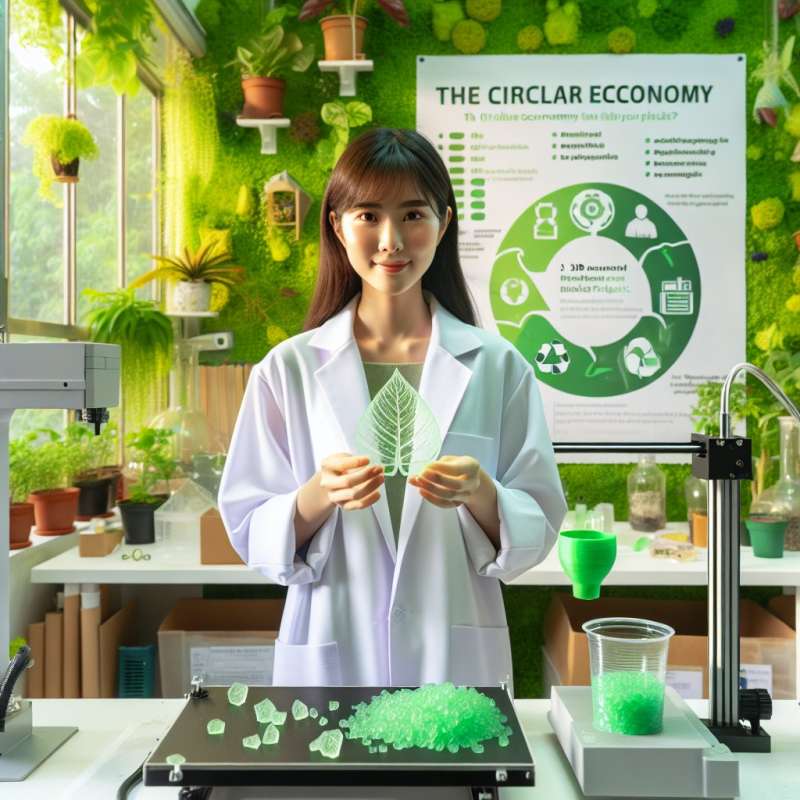
Plastics: An Origin Story
The history of plastics began in 1869 with John Wesley Hyatt's invention of celluloid, the first synthetic plastic, as a substitute for ivory in billiard balls.
Bakelite: The First True Plastic
In 1907, Belgian-American Leo Baekeland created Bakelite, the first fully synthetic, non-flammable plastic, which marked the birth of the modern plastics industry.
World War II Accelerates Growth
Plastics' development rapidly expanded during WWII. Materials like nylon and Plexiglas played critical roles in the war effort, replacing natural resources that were in short supply.
Post-War Plastic Explosion
After WWII, plastics entered consumer markets, revolutionizing packaging, home goods, and eventually, the automotive and aerospace industries with their versatility and low cost.
Environmental Concerns Arise
The 1960s brought awareness of environmental impacts, highlighted by the publication of 'Silent Spring' by Rachel Carson, igniting debates on plastics' biodegradability and recycling.
Recycling and Bioplastics
In the 1990s, recycling programs gained momentum. Simultaneously, bioplastics emerged, made from renewable biomass sources, offering a potential solution to waste and sustainability issues.
Future of Plastics Innovation
Today, the focus is on developing eco-friendly plastics with enhanced recyclability and biodegradability, aiming to reduce the environmental footprint and embrace a circular economy.Plastic in Space
NASA uses plastic to insulate spacecraft, protecting vital electronics from extreme space temperatures, showcasing its versatility and importance beyond Earth.
Who invented the first synthetic plastic?
Leo Baekeland, early 1900s
John Wesley Hyatt, 1869
Rachel Carson, 1960s
Company